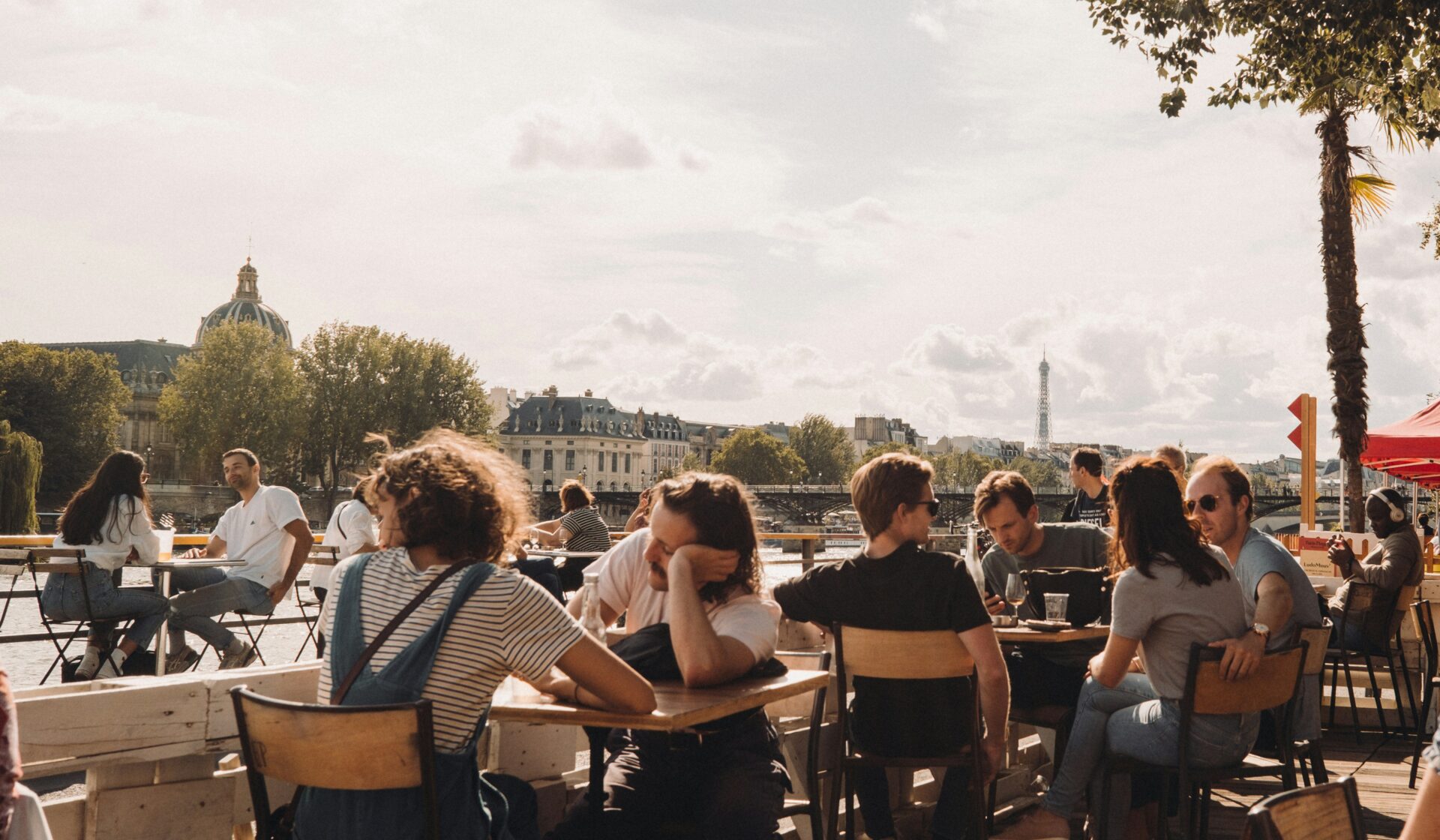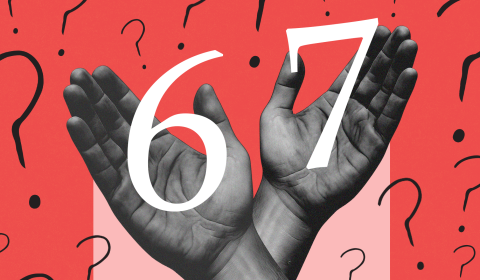The mounting cost of living, social media prevalence, and post-pandemic isolation mentality is driving socialisation outside of school, work, or home underground. With loneliness now a global public health concern, physical community locations where quality connections can flourish have never been more important – or needed.
Before the pandemic, you’d rarely find me by myself.
It’s not that I didn’t enjoy my own company, rather that in the years between leaving school and entering into that first lockdown, spending time surrounded by people was just so naturally ingrained into my day-to-day.
Perhaps my zeal for life back then (that covid so graciously stripped away) and youthful desire to constantly seek out novel experiences was to thank for this.
Or perhaps it was a setting thing, beginning at university with its abundance of social offerings and accompanying me on my move to a new city after graduating so I’d be closer to my friends (and more job opportunities).
Whatever the case, my reality in 2024 is vastly different, not so much pubs, clubs, and wholesome afternoons meeting strangers in cafes or chatting to pals in the park until sunset, more going to work, returning home, and many, many hours alone.
In other words, solitude has been creeping up on me since 2020, and following the exciting rise and fall of post-isolation mingling, it’s become my norm.
To be clear, I don’t think of solitude as negative. Contrary to popular belief, it’s done wonders for my mental health and has allowed me to enhance my knowledge of topics that I’m interested in and figure out what I most enjoy doing (and don’t).
However, adhering to the concept of ‘everything in moderation,’ there’s certainly a balance to be struck, one that I’m still working towards attaining.
And at some point during this endeavour, I came across an article touting the importance of ‘third places.’
‘Neither home nor work, but locations somewhere in-between,’ it reads, ‘these are our hangouts: where we bump into acquaintances; interact with strangers (or, admittedly, eavesdrop on them); and chat with friends, percolating ideas and plans. These spots are incidental to daily life – but more significant than you might imagine.’
‘Think the Paris coffee shops where the French revolution brewed, or British pubs where engineers designed the first public railway. Bits of ideas floated around and connected in these heady atmospheres during eras of rapid change.’
Initially defined by Ramon Oldenburg in his 1989 book, The Great Good Place, as essential for society to establish a sense of community and civic engagement, third places are great equalisers, where people of all backgrounds and perspectives can unite somewhere that’s comfortable, unpretentious, and cheap.
But the idea of them has taken on an entirely different meaning in the post-pandemic digital age.
As we contend with our residual social-distancing mentality (as I evidently am), the prevalence of social media, and mounting cost of living, third places are being driven underground despite the fact they’ve arguably never been more important – or needed.
With loneliness a ‘global public health concern’ as declared by WHO, physical locations where quality connections can flourish could serve a crucial purpose – especially among Gen Z – yet their presence is largely disappearing.




















